 Image by [Ryutaro Tsukata] via Pexels
Image by [Ryutaro Tsukata] via Pexels
We know Mother’s Day is just around the corner, but March is in fact a grand celebration of all girls and women!
On March 3 in Japan, it’s Hinamatsuri or Girls Day, quickly followed by International Women’s Day on March 8 and Mother’s Day in the UK on March 10. There’s also White Day on March 14 — Japan’s Valentines’ for women. (If you’re confused about White Day, take a peek at our Valentine’s post. It is as weird as it sounds.)
We are women founders, so we are indulging with a special journal post to celebrate. So here’s a little background to Mother’s Day in Japan and an introduction to some of Japan’s top women designers.
Don't forget to take a look at our Mother's Day Gifts collection too!
MOTHER'S DAY — from missionaries to war to chocolate
Mother’s Day in Japan is actually celebrated on the second Sunday of May, the same date as in United States. Interestingly, though, it first became popular in March. Like Valentine’s Day, it took a confectionery company to popularize the event. This time it was Morinaga, who held a “Mother’s Day Convention” of sweet gifts at Toshimaen amusement park in Tokyo in 1937. Its roots in Japan, however, go back further.
Some say Mother’s Day was introduced to Japan in 1913 by Christian missionaries associated with the Aoyama Gakuin school. Others believe it had already been celebrated in the Meiji Era (1868–1912) during the modernization and westernization of Japan. It wasn’t until 1931, however, that March 6th, Empress Kojun’s birthday (then known as Empress Nagako), was designated by the Dainippon United Women’s Association as Japan’s Mother’s Day.
Despite it being in honor of the Empress’ birthday, it was short-lived. Just two years after Morinaga’s convention, World War II broke out and all customs of enemy countries were banned, including Mother’s Day. It finally returned in 1949, this time Americanized in May.
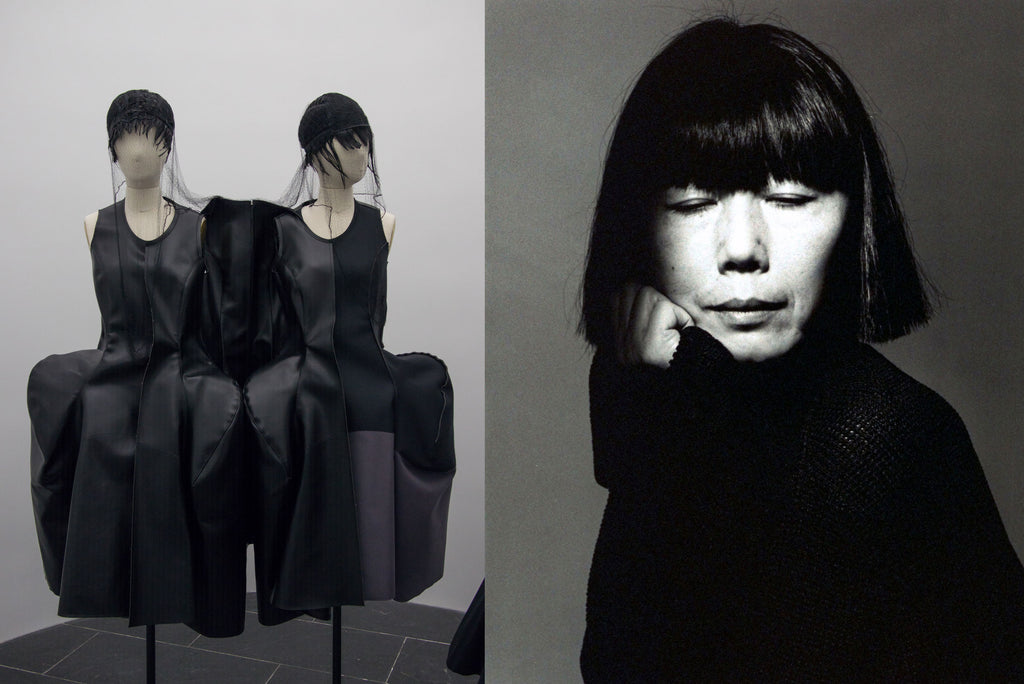 Left: Two Rei Kawakubo dresses on display at "The Rei Kawakubo - Comme des Garcons Art of the In-Between show at the Met" / Rhododendrites, CC BY-SA 4.0. Right: Rei Kawakubo / Public Domain
Left: Two Rei Kawakubo dresses on display at "The Rei Kawakubo - Comme des Garcons Art of the In-Between show at the Met" / Rhododendrites, CC BY-SA 4.0. Right: Rei Kawakubo / Public Domain
WOMEN DESIGNERS TO LOVE
There are plenty of women paving the way in innovative design in Japan, though not nearly enough properly recognized for their work. To celebrate International Women's Day, we introduce a few women that we particularly admire and focus on up-and-coming product designers we hope to see more of.
In fashion, everyone knows the avant-garde garments of Rie Kawakubo’s Comme des Garcons, the colorful textiles of the late Hanae Mori, the whimsical designs of Tsumori Chisato and the club/streetwear of Michiko Koshino. Since those pioneers, we’ve seen the rise of Limi Feu’s minimalist blacks, Mame Kurogouchi’s feminine silhouettes, Hiroko Takahashi’s bold geometric textiles, not to mention the impressive work of Chitose Abe, the creative director of Sacai — one of Japan’s most popular brands of streetwear.
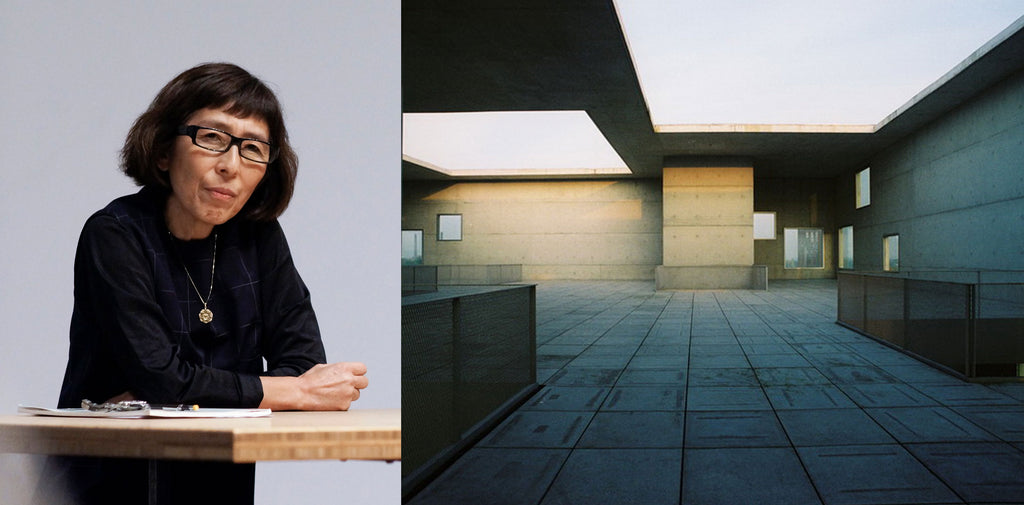 Left: Kazuyo Sejima at the 2014 Canopy: Gathering Space / Columbia GSAPP, CC BY 2.0. Right: Zollverein School of Management and Design, Essen, Germany, designed by SANAA (Kazuyo Sejima, Ryue Nishizawa) / Alena Hanzlová, CC BY-SA 3.0
Left: Kazuyo Sejima at the 2014 Canopy: Gathering Space / Columbia GSAPP, CC BY 2.0. Right: Zollverein School of Management and Design, Essen, Germany, designed by SANAA (Kazuyo Sejima, Ryue Nishizawa) / Alena Hanzlová, CC BY-SA 3.0
For architecture we have to applaud Itsuko Hasegawa and her unusual, striking public buildings, Kumiko Inui’s minimalist community-inspired works, and Kazuyo Sejima, whose modernist structures with Ryue Nishizawa won their architectural practice SANAA a Pritzker. Unfortunately, there are few solo women architects getting the limelight in Japan … or in the world, even. When SANAA won the Pritzker in 2010, Sejima was only the second woman to win the prestigious award.
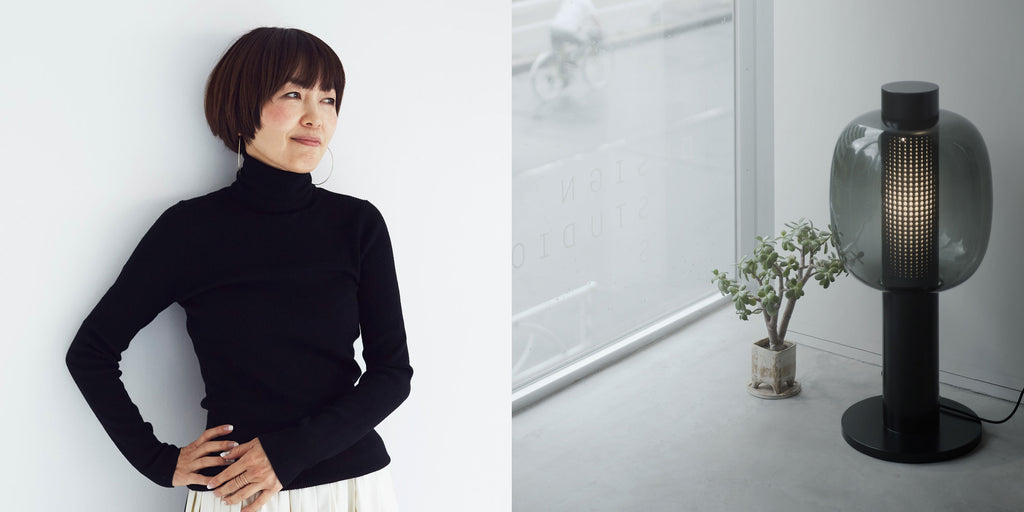
Left: Fumie Shibata. Right: The Bonbori glass lamp, designed by Shibata / Both images courtesy of Studios2022, CC BY-SA 4.0
Similarly, product design seems dominated by men. But over the years, we’ve seen some incredible works by women.
Fumie Shibata is perhaps the best-known woman product designer in Japan. Creating stunning minimalist works for Muji, Kinto and other major brands, she has been winning Good Design awards, iF awards and more along her rightful way to fame. Inspired by Japanese culture and futuristic but gentle silhouettes, her work focuses on the importance of detail and form.
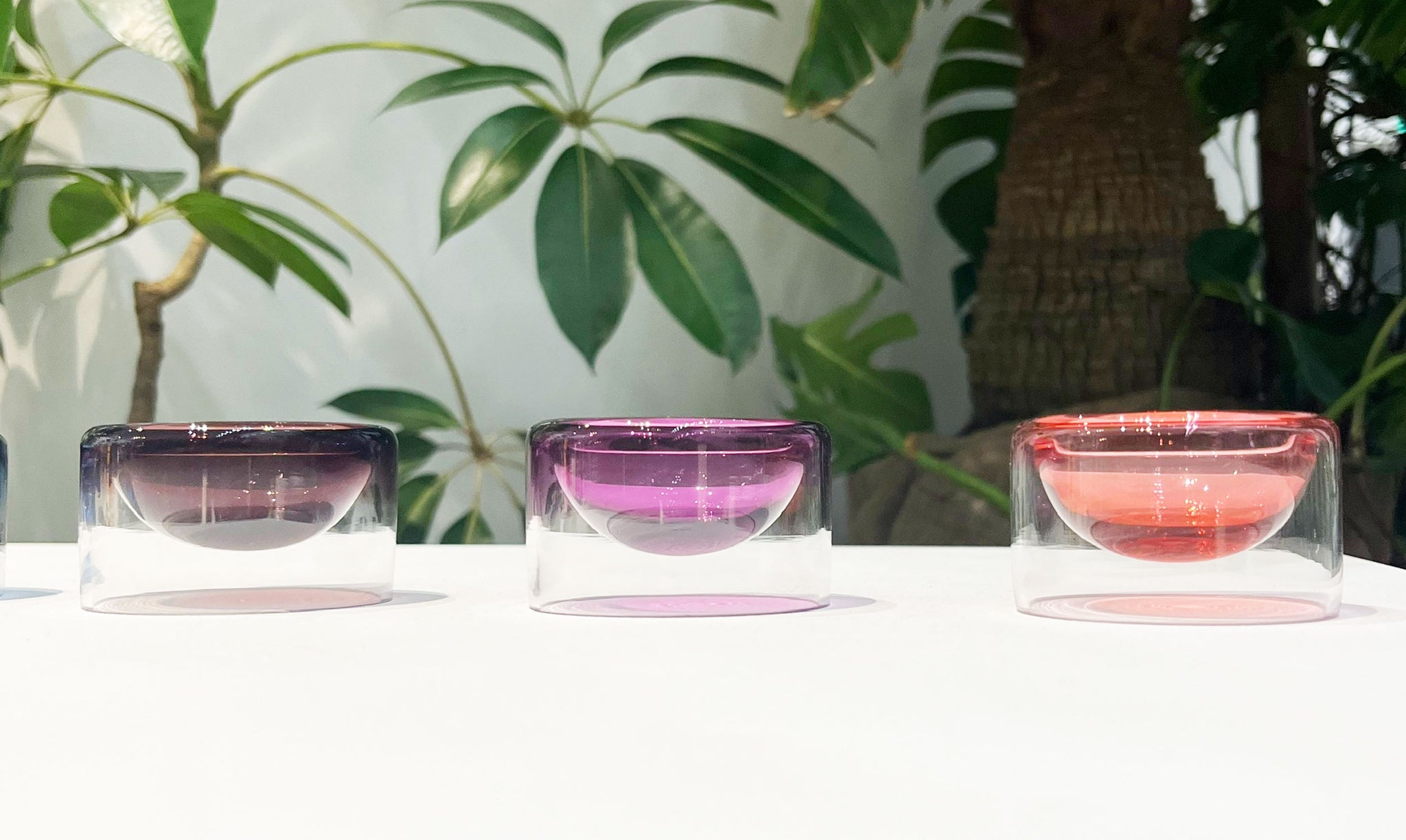
Glassware designed by Shizuka Tatsuno / Image by Mio Yamada
Shizuka Tatsuno’s re-imaginings of Japanese crafts have led to her works being published in just about every notable design magazine in Japan. She brings new life to all manner of traditional artisanship with beautiful contemporary forms. Silk kimono textiles become stunning three-dimensional necklaces, urushi lacquer is applied to glassware and decorative Kutani-yaki pottery is used to make accessories. Kumiko woodwork is re-worked into mobiles, Takaoka metal into artworks, and traditional pottery and glassware re-designed into minimalist forms. Tatsuno has ascended from a Good Design award winner to a Good Design award judge and was Selected for the Lexus New Takumi Project in 2019.
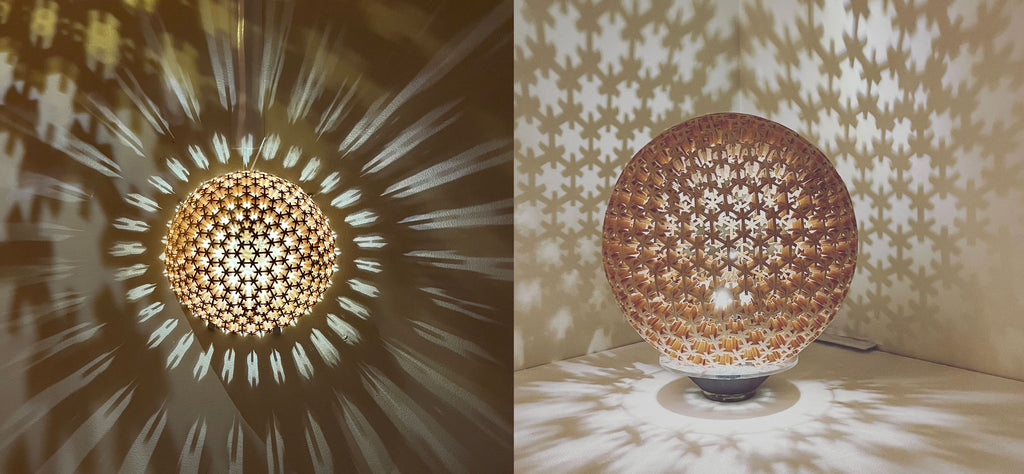 Spherical lampshades, designed by Mai Suzuki of Nami-iki / Images by Mio Yamada
Spherical lampshades, designed by Mai Suzuki of Nami-iki / Images by Mio Yamada
We first encountered Mai Suzuki of Nama-iki at Designart 2022, and we’ve been in love with her work ever since. Suzuki has virtually re-invented the craft of kumiko wood lattice paneling, traditionally used for sliding doors, into stunning three-dimensional pieces. Kumiko involves complex joinery without the use of any adhesive, nails or screws. Each small piece of wood is held into place by pressure alone. Suzuki collaborates with kumiko craftspeople and applies the foundations of the craft to organic and spherical shapes to create dramatic lampshades, installations, and even an avant-garde dress. She’s been featured in Forbes Japan, TSK’s TV Takumi and The Japan Times, and we suspect we’ll see a lot more of her works in the future.

Left: Inflatable Leather, designed by Satomi Minoshima. Right: Cryptid, designed by Sae Honda / Images ©Satomi Minoshima, ©Sae Honda, via The Thinking Piece, Obscure Solutions.
At the Milan Salone 2023, The Thinking Piece’s “Obscure Solutions” exhibition featured two Japanese women designers creating astonishing textile innovations. Satomi Minoshima’s Inflatable Leather furniture is just as it sounds — voluptuous round leather chairs that can be deflated and packed away when not needed. She re-thinks inflatable works, usually only considered as beach items, into long-use interior pieces designed to become more unique as their leather ages. Sae Honda addresses the environmental issues of faux fur by recycling waste fabrics. By felting together discarded scraps from factories, she creates Cryptid, a new textile of contrasting colour mixes and textures.
